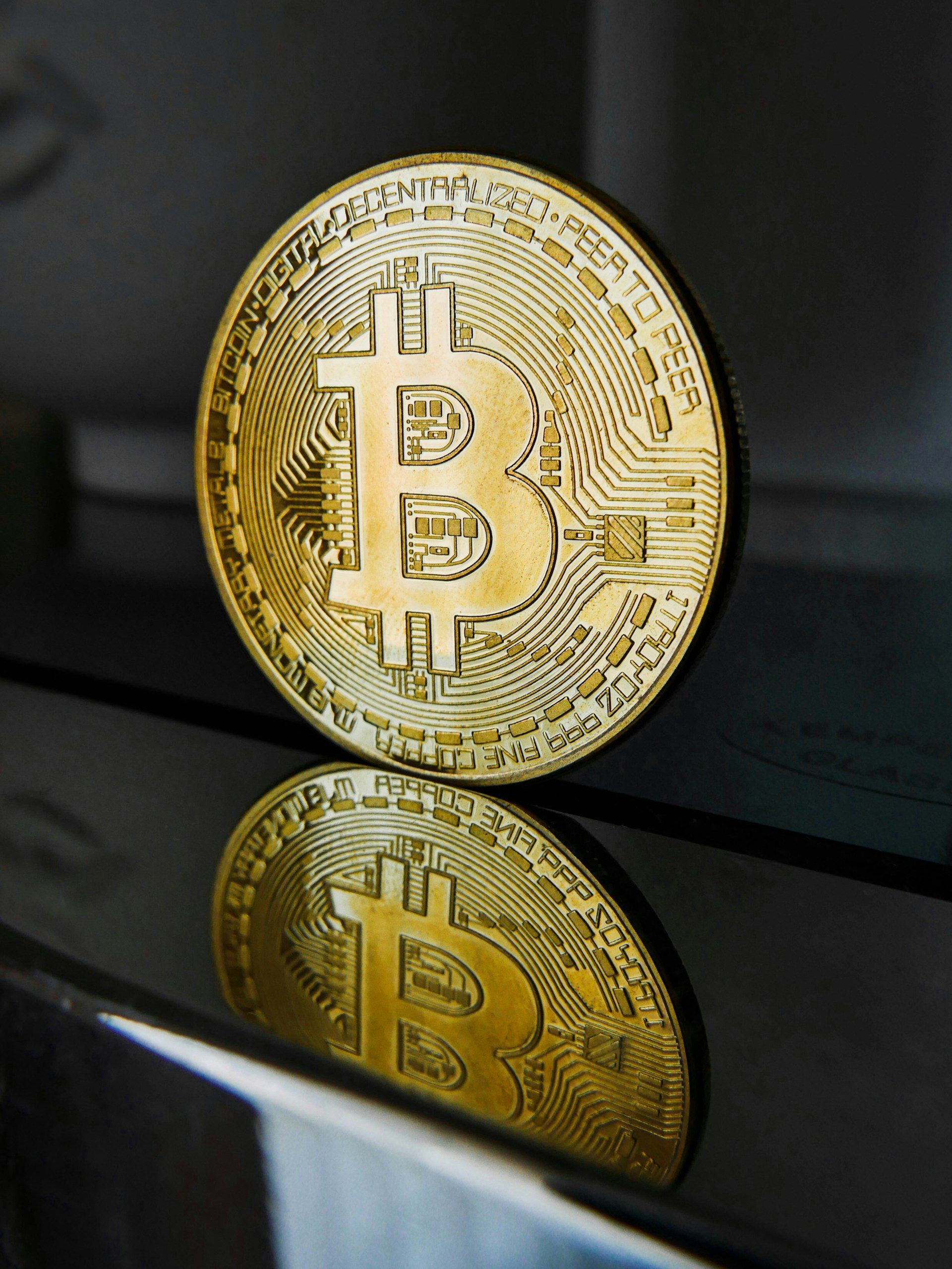Technology has been transforming the world in ways that we never imagined before. The luxury goods industry is not immune to these changes. In fact, technology has been playing a significant role in transforming the way we consume luxury goods. From retail to production, technology is changing the way we experience luxury goods. In this article, we will explore three ways in which technology is revolutionizing the world of luxury goods.
E-Commerce and Online Retail
One of the most significant ways in which technology has impacted the luxury goods industry is through e-commerce and online retail. With the rise of online shopping, luxury brands have been forced to adapt to this new reality.
As a result, many luxury brands have invested heavily in their e-commerce platforms in order to provide customers with a seamless online shopping experience that is consistent with their brand identity. In addition to their own websites, many luxury brands have also partnered with third-party e-commerce platforms like Farfetch and Net-a-Porter to reach even more customers.
But e-commerce is not the only way in which technology has transformed the luxury goods industry. Online retail has also played a significant role. Many luxury brands now offer virtual consultations and personal shopping services, allowing customers to receive personalized recommendations and advice from the comfort of their own homes. Some luxury brands have even created augmented reality experiences that allow customers to try on products virtually, further enhancing the online shopping experience.
Furthermore, the rise of social media has also had a significant impact on the luxury goods industry. Luxury brands now use social media platforms like Instagram and TikTok to showcase their products and engage with their customers in new and innovative ways. This has allowed luxury brands to reach a younger and more diverse audience, and has helped to create a more inclusive and accessible image for the industry as a whole.
Overall, while e-commerce and online retail have certainly transformed the luxury goods industry, they are just one aspect of the many ways in which technology has impacted this sector. As technology continues to evolve, it will be interesting to see how luxury brands continue to adapt and innovate in order to stay relevant and meet the needs of their customers.
Smart Manufacturing
Smart manufacturing is a concept that describes how technology is used to improve the manufacturing process in various industries, including the luxury goods industry. In this sector, smart manufacturing has been significantly transforming the production process by using innovative technologies to optimize the manufacturing process. One of the key benefits of smart manufacturing is that it has helped luxury brands to improve the quality of their products and reduce waste.
One of the most significant technological advancements that have helped the luxury goods industry improve their manufacturing process is 3D printing technology. This technology has allowed luxury brands to create intricate designs that were previously impossible to produce. Besides, the technology has allowed luxury brands to produce products on demand, which has significantly reduced overproduction and waste. This means that the environmental impact of luxury goods production has been reduced, contributing to a more sustainable production process.
However, smart manufacturing is not only about 3D printing technology. The luxury goods industry has been exploring other innovative technologies such as robotics, automation, and artificial intelligence to optimize their manufacturing process further. These technologies have been used to streamline the manufacturing process, reduce production time, and improve product quality. Furthermore, smart manufacturing has significantly reduced the need for human intervention in the production process, which has increased efficiency and productivity.
Therefore, smart manufacturing has revolutionized the luxury goods industry by improving the production process, reducing waste, and improving product quality. The use of innovative technologies such as 3D printing, robotics, automation, and artificial intelligence has significantly transformed the manufacturing process, making it more efficient, sustainable, and productive.
Virtual and Augmented Reality
Virtual and augmented reality technology has been completely revolutionizing the world of luxury goods. In today’s modern world, virtual and augmented reality technology is increasingly being utilized by luxury brands to offer their customers truly immersive and interactive experiences. This technology is not only transforming the way that luxury goods are marketed and sold, but it is also enhancing the overall customer experience.
One of the primary ways that luxury brands are using virtual and augmented reality is by offering their customers the ability to experience fashion shows in a completely new way. With virtual reality technology, customers can feel like they are right there at the fashion show, experiencing the latest trends and styles as if they were actually there in person. This has completely transformed the way that fashion shows are experienced, and it has allowed luxury brands to reach a wider audience than ever before.
In addition to virtual reality, luxury brands are also using augmented reality to allow customers to try on products virtually. This technology allows customers to see how a product will look on them before making a purchase, which is particularly useful when it comes to products like clothing and accessories. By offering this type of interactive experience, luxury brands are able to provide their customers with a more personalized shopping experience that is tailored to their individual needs and preferences.
Virtual and augmented reality technology has completely transformed the world of luxury goods. By offering immersive and interactive experiences, luxury brands are able to engage customers in new and exciting ways, while also providing them with a more personalized shopping experience. As this technology continues to evolve, it will be interesting to see how luxury brands continue to utilize it to enhance the customer experience and transform the world of luxury goods even further.
Conclusion
In conclusion, technology has been transforming the world of luxury goods in many ways. From e-commerce to smart manufacturing, and virtual and augmented reality, technology has enabled luxury brands to offer a more personalized and immersive experience to their customers. As technology continues to advance, we can expect to see even more changes in the way we consume luxury goods.





